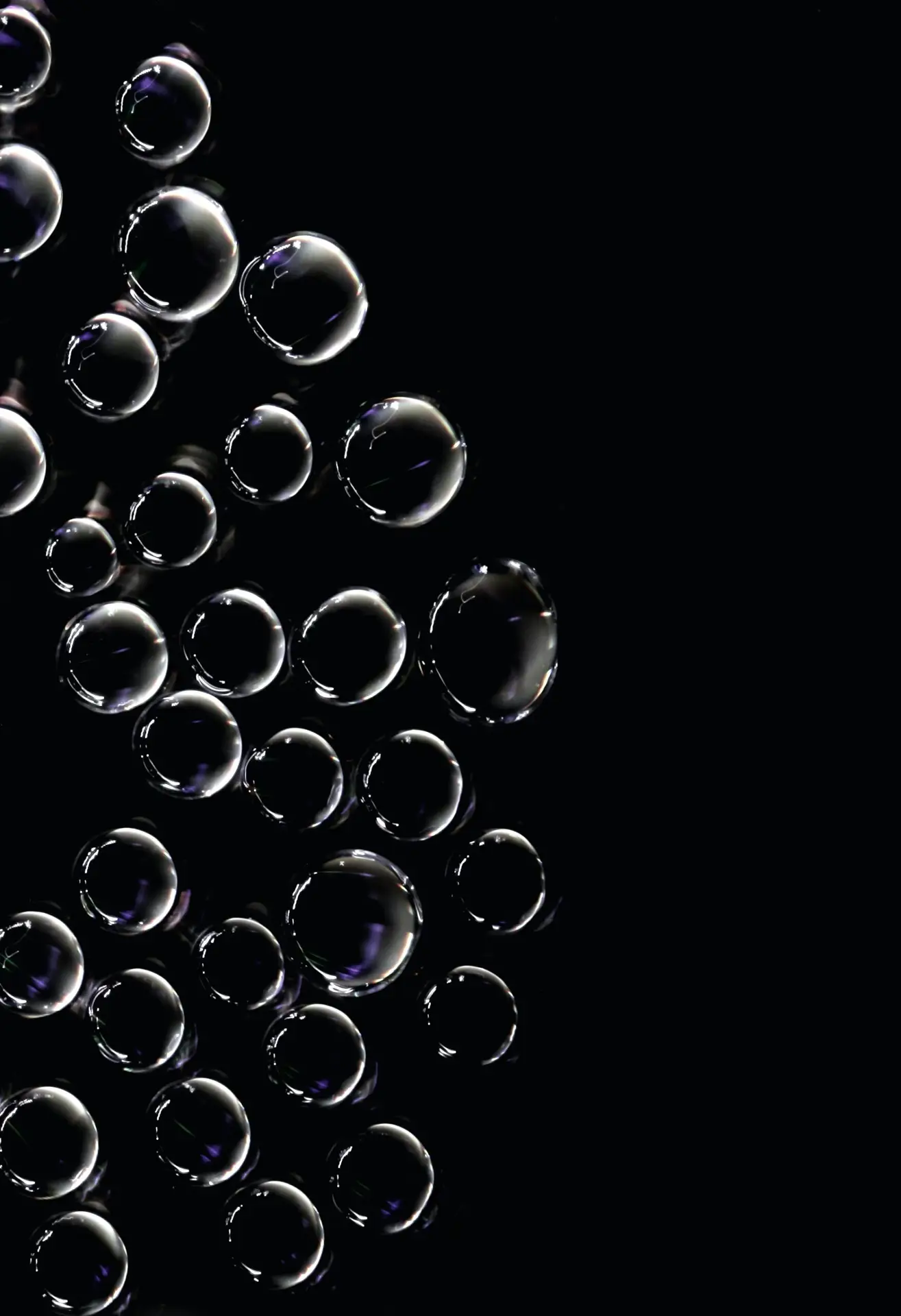Tuesday 21st May 2024
Fish Guidance Systems PRess Pack
Please find below a digital copy of the physical information you recieved at The River Summit. For any further information, access to photos or videos, or to organise an interview or briefing, please click the button below
Fish Guidance Systems is working with environmental groups in Somerset to ensure that the right environmental protections are in place at Hinkley Point C, in order to prevent the deaths of millions of fish per year in its cooling systems.
EDF is currently attempting to remove the Acoustic Fish Deterrent (AFD), instead proposing to create a salt marsh in the area. This is despite the Secretary of State for Business (BEIS) having ruled after a public inquiry in 2022, in line with Environment Agency recommendations, that the plant must install one.
The salt marsh proposal will not compensate for the loss of fish trapped in the cooling systems, many of which are threatened or critically endangered species. An independent panel warned in a report to the Welsh government in 2021 that the power station could capture up to 182 million fish per year and most would not survive.
Trials of AFDs at other nuclear sites in Hartlepool and Doel in Belgium have shown them to reduce overall fish entrapment by around 60%, with up to 95% for the more hearing sensitive species, such as sprat and herring. The Wildfowl and Wetlands Trust has said the system is vital to protect the marine biology of the Severn Estuary.
Press Release
It’s been reported that EDF is planning to seek a second public inquiry in order to remove an Acoustic Fish Deterrent (AFD) from its development plans for Hinkley Point C nuclear power plant, which will save the lives of billions of fish.
The AFD is an environmental measure designed to protect species including herring, whiting, shad, salmon and sea trout from being pulled into the plant’s water intakes. Its removal could lead to 182 million fish being killed by the plant each year. Without this it will be difficult to prevent fish from entering the water intakes. Many will die as they pass through the return system, with some species such as herring and sprat facing a 100% mortality rate.
The debate surrounding the potential removal of the AFD raises significant environmental concerns. In its consultation early this year EDF suggested replacing the AFD, a government mandated technology, with a salt marsh.
The AFD will protect fish populations from the direct threat of the cooling system, whereas the nature reserve takes a more general approach to habitat conservation without directly preventing fish mortality at Hinkley’s Intake Heads.
EDF has previously requested the AFD be removed, which was rejected in 2022 by the Secretary of State for Business (BEIS) who stated that EDF must install the system. However, the company continues to push for the removal of the AFD though a possible second public inquiry.
Dr David Lambert, the Managing Director of Fish Guidance Systems, said: “The most sensible and sustainable approach would be to maintain the AFD in
adherence to best practice. This is imperative to minimise the impact of development on the environment and the neighbouring community inline with the original plans agreed upon by government, scientific and environmental organisations in 2012 and reaffirmed in a public inquiry in 2022.
This would ensure the continued protection of local fish populations and the overall health of the marine ecosystem at Hinkley Point C. Further consultation and adherence to scientific recommendations are imperative in making an informed decision that truly benefits both the environment and the community.
Given the January 2024 announcement that Hinkley Point C won’t now be up and running until at least 2031, they have plenty of time to explore options which would prevent unnecessary fish deaths and to look at developments in technology, which will absolutely refute all of its arguments.”
Fish Guidance Systems has also refuted claims by EDF that the acoustic fish deterrent would create a noise “louder than a jumbo jet”. Dr Lambert said it will not impact any residents along the shore of the River Severn, as the system is under water. It will also have no impact on marine mammals.
Dr Lambert said: “FGS’s fish deterrent systems use low frequency signals that reduce sound levels very quickly around an intake.When you are above water you can only hear it from a few metres away. Hinkley’s intakes are located three kilometres offshore and so you will not hear the systems from anywhere along the banks of the River Severn.”
About Fish Guidance Systems
Fish Guidance Systems is the world’s leading designer and installer of sound and light based fish deterrents.
It works with governments and private organisations across the globe, providing design, manufacturing, installation and maintenance services that are backed by more than 30 years of innovative projects and groundbreaking research.
Its systems are tailored to particular species, including those in the Severn Estuary, controlling their movement with sound projector arrays and other innovative methods where necessary.
Power generation is a key contributor to our impact on the natural world. FGS is committed to reducing this impact at all power stations, including Hinkley Point C, not only because it is a regulatory requirement, but because it is the responsible thing to do. It has conducted extensive research and trials into the most effective deterrence and guidance techniques, which it will innovate further during the design process.
BioAcoustic Fish Fence
Local Government Recommended
“The BAFF may be a game-changer in the war on carp. Our tourism economy has been suffering for years as bass tournaments and recreational boaters are choosing other waters to visit. This has a ripple effect across all counties in Western Kentucky.”
Wade White, Lyon County Judge Executive

Where is the BAFF at Barkley Lock?
Test Site For The BioAcoustic Fish Fence
The BAFF is placed in front of the lock chamber doors, which is a natural pinch point. The curtain of bubbles and sound stop the invasive species from swimming upstream, closer to The Great Lakes.
Deterrence is key to the protection of ecosystems in which Asian carp can thrive. Audiograms (hearing test data for fish) are used to tune signals to the most sensitive frequency range for the invasive species.
A Combined Approach
FGS has now combined the BAFF system, which produces a unique, confined wall of sound, with High Intensity Light (HIL) to further enhance the solution.
This has helped ensure its effectiveness at Barkley Lock, Kentucky, where preliminary results rated it as 95% effective against Asian carp.
The Deep Dive
Research into acoustic fish deterrents proves they are effective at guiding and deterring invasive carp species.
The technology developed by Fish Guidance Systems (FGS) originated with the need to deter fish from seawater intakes and steer the migration of species such as salmon. Over the last 15 years, several trials have confirmed the capacity of these systems to help control and limit the upstream spread of invasive species.
Deterrence of invasive carp
Fish hearing test data (audiograms) play an important role in the design and development of effective sound-based behavioural systems. Trials in collaboration with the Illinois Natural History Survey (INHS) assessed the effectiveness of FGS’s BioAcoustic Fish Fence (BAFF) system, which produces a confined ‘wall of sound’ with a bubble curtain that guides fish.
A goldfish audiogram was used initially, with 57% of invasive carp repelled. The test was then repeated when FGS had developed a new signal after carrying out audiogram measurements on invasive carp. This time, 95% of the fish were repelled.
The trial also showed these carp learned to stay away from the barrier, with fewer attempts to pass each day. Laboratory tests at the University of Minnesota supported this analysis, with researchers concluding that invasive carp do not habituate to FGS’s proprietary signal.
“Remarkably, we observed relative blockage efficiencies of approximately 98% for bighead carp and nearly 100% for the common carp to the coupled proprietary sound and air curtain system,” they wrote.
“Coupling air curtains with complex sound greatly improves its ability to block invasive carps without apparent habituation.”
This ensures the deterrent remains effective over the course of its lifetime.
Advantages over physical barriers
Non-physical barriers are often deployed where waterways need to remain navigable, or when flow volumes make physical screens impractical.
Sound-based behavioural systems provide effective control over bighead, silver, black and grass carp (the four species referred to as invasive carp) because they are particularly sensitive to sound.
The INHS trials confirmed this characteristic allows an acoustic barrier to be tuned to a frequency range that will deter invasive carp.
Minnesota Bill 2037 Could Be a Game Changer In The Fight Against Invasive Carp
Protecting North American Waterways: How the Ensonified Bubble Curtain found in the BAFF can help deter Invasive Carp
Let's Work Together On Invasive Carp
A proper plan to stop invasive carp from ruining America’s unique ecosystem is only possible if we all work together. Find out how you can help.


